

Articles
How To Make Almond Meal In A Food Processor
Modified: December 6, 2023
Learn how to make almond meal in a food processor with this easy step-by-step guide. Discover the best articles and tips on creating delicious recipes with almond meal.
(Many of the links in this article redirect to a specific reviewed product. Your purchase of these products through affiliate links helps to generate commission for Storables.com, at no extra cost. Learn more)
Introduction
Welcome to our comprehensive guide on how to make almond meal in a food processor. Almond meal is a versatile ingredient that can be used in a wide range of recipes, from baked goods to savory dishes. Making your own almond meal at home allows you to control the texture and freshness, ensuring a high-quality product.
In this article, we will walk you through the step-by-step process of creating almond meal using a food processor. Whether you’re following a gluten-free diet, looking to add a nutritious twist to your recipes, or simply enjoy the nutty flavor of almonds, learning how to make almond meal will open up a world of culinary possibilities.
But before we delve into the details, let’s first gather the necessary supplies to ensure a smooth and successful almond meal-making experience.
Key Takeaways:
- Takeaway 1: Master the art of making almond meal in a food processor to elevate your recipes with a touch of nutty richness and enjoy the freedom of controlling the texture and freshness of this versatile ingredient.
- Takeaway 2: Store your homemade almond meal properly in a cool, dark place to maintain its freshness and quality, ensuring that it stays flavorful and ready to enhance your culinary creations for up to three months.
Read more: How To Slice Almonds With Food Processor
Step 1: Gather the necessary supplies
Before you start making almond meal in your food processor, make sure you have the following supplies on hand:
- Raw almonds: Look for high-quality raw almonds without any added flavorings or seasonings. It’s best to use whole almonds instead of almond slices or almond meal for better control over the final texture.
- Food processor: You will need a reliable food processor to grind the almonds into a fine meal. Make sure your food processor is in good working condition and has a sharp blade.
- Measuring cup: A measuring cup will come in handy to ensure accurate measurements of the almond meal.
- Storage container: Have airtight containers or jars ready to store the almond meal to maintain its freshness.
Once you have gathered all the necessary supplies, you’re ready to move on to the next step: preparing the almonds.
Step 2: Prepare the almonds
Before processing the almonds in your food processor, it’s important to prepare them properly. Here’s what you need to do:
- Measure the desired amount of almonds: Depending on your recipe or personal preference, measure the desired amount of raw almonds for grinding into almond meal. It’s best to start with a small batch until you get the hang of the process.
- Inspect the almonds: Give the almonds a quick visual check to ensure there are no foreign objects or damaged nuts. Discard any almonds that are discolored, have mold, or appear stale.
- Soak the almonds (optional): Soaking the almonds in water overnight can help remove the skin and make them easier to process. This step is optional, but it can yield smoother results.
- Drain and dry the almonds (if soaked): If you chose to soak the almonds, drain the water and pat them dry with a clean towel or paper towel. Removing excess moisture will prevent the almond meal from becoming clumpy.
Once the almonds are prepared, it’s time to move on to the next step: processing them in the food processor.
To make almond meal in a food processor, pulse the almonds in short bursts to prevent them from turning into almond butter. Stop and scrape down the sides as needed to ensure even grinding.
Step 3: Process the almonds in the food processor
Now that your almonds are prepared, it’s time to process them in the food processor to create almond meal. Follow these steps:
- Add the almonds to the food processor: Place the prepared almonds into the bowl of your food processor. Make sure not to overload the bowl, as this can hinder the grinding process.
- Pulse the almonds: Start by pulsing the almonds in short bursts to break them down into smaller pieces. This initial pulsing helps prevent the almonds from clumping together and ensures an even grind.
- Grind until desired texture: Continue processing the almonds until they reach your desired texture. For a finer almond meal, you may need to run the food processor for longer. Be mindful of the processor’s motor and avoid overprocessing, as this can turn the almonds into almond butter.
- Scrape down the sides: Periodically, stop the food processor and scrape down the sides of the bowl with a spatula. This ensures that any unprocessed almonds are incorporated into the mixture for an even grind.
- Check the consistency: Occasionally check the consistency of the almond meal by pinching a small amount between your fingers. The almond meal should have a light, powdery texture without any visible large almond pieces.
Once you achieve the desired texture, your almond meal is ready to be used in your favorite recipes. But don’t forget about storing it properly!
Step 4: Store the almond meal
After making homemade almond meal, it’s important to store it properly to maintain its freshness and prolong its shelf life. Here’s how to store your almond meal:
- Transfer to an airtight container: Once you have ground the almonds into a fine meal, transfer it to a clean, airtight container. This can be a glass jar, plastic container, or a resealable bag.
- Label the container: To avoid confusion, label the container with the date of preparation. This helps you keep track of the freshness and ensures you use the almond meal within a reasonable timeframe.
- Store in a cool, dark place: Almond meal is best stored in a cool, dark place, such as a pantry or cupboard. Avoid exposing it to direct sunlight or heat, as this can cause the almond meal to spoil more quickly.
- Avoid moisture: Moisture is the enemy of almond meal. Keep it away from moisture sources, such as the refrigerator or areas with high humidity, as moisture can make the almond meal clumpy and less flavorful.
By following these storage guidelines, your homemade almond meal can stay fresh for up to three months. However, it’s always best to use it within a month for optimal quality and taste.
Now that you’ve learned how to make almond meal in a food processor and store it properly, you can start incorporating this versatile ingredient into your favorite recipes. Enjoy the nutty flavor and added nutrition that almond meal brings to your cooking and baking endeavors.
Happy almond meal-making!
Conclusion
Congratulations! You have successfully learned how to make almond meal in a food processor. By following the simple steps outlined in this guide, you can now enjoy the benefits of homemade almond meal in your cooking and baking endeavors.
Making your own almond meal allows you to control the texture and freshness of the final product. You can adjust the grind to be fine or coarse, depending on your recipe’s requirements. Plus, by grinding the almonds yourself, you ensure that no additional additives or preservatives are included.
Almond meal adds a delicious nutty flavor and a touch of richness to a variety of dishes. It can be used as a gluten-free substitute for flour in baking, sprinkled on top of oatmeal or yogurt, or used as a crunchy coating for meats and vegetables. The possibilities are endless!
Remember to start with high-quality raw almonds and properly prepare them before processing. Soaking the almonds overnight can make the grinding process easier, but it is optional. Use a reliable food processor to achieve the desired texture, and don’t forget to scrape down the sides periodically to ensure an even grind.
Proper storage is key to maintaining the freshness and quality of your almond meal. Store it in an airtight container, label it with the date of preparation, and keep it in a cool, dark place away from moisture sources. By following these guidelines, your almond meal can stay fresh for up to three months.
Now, armed with the knowledge of how to make almond meal at home, you can explore new recipes, experiment with different textures, and enjoy the nutritional benefits of this versatile ingredient. So go ahead, get creative in the kitchen, and let almond meal elevate your culinary creations!
Frequently Asked Questions about How To Make Almond Meal In A Food Processor
Was this page helpful?
At Storables.com, we guarantee accurate and reliable information. Our content, validated by Expert Board Contributors, is crafted following stringent Editorial Policies. We're committed to providing you with well-researched, expert-backed insights for all your informational needs.
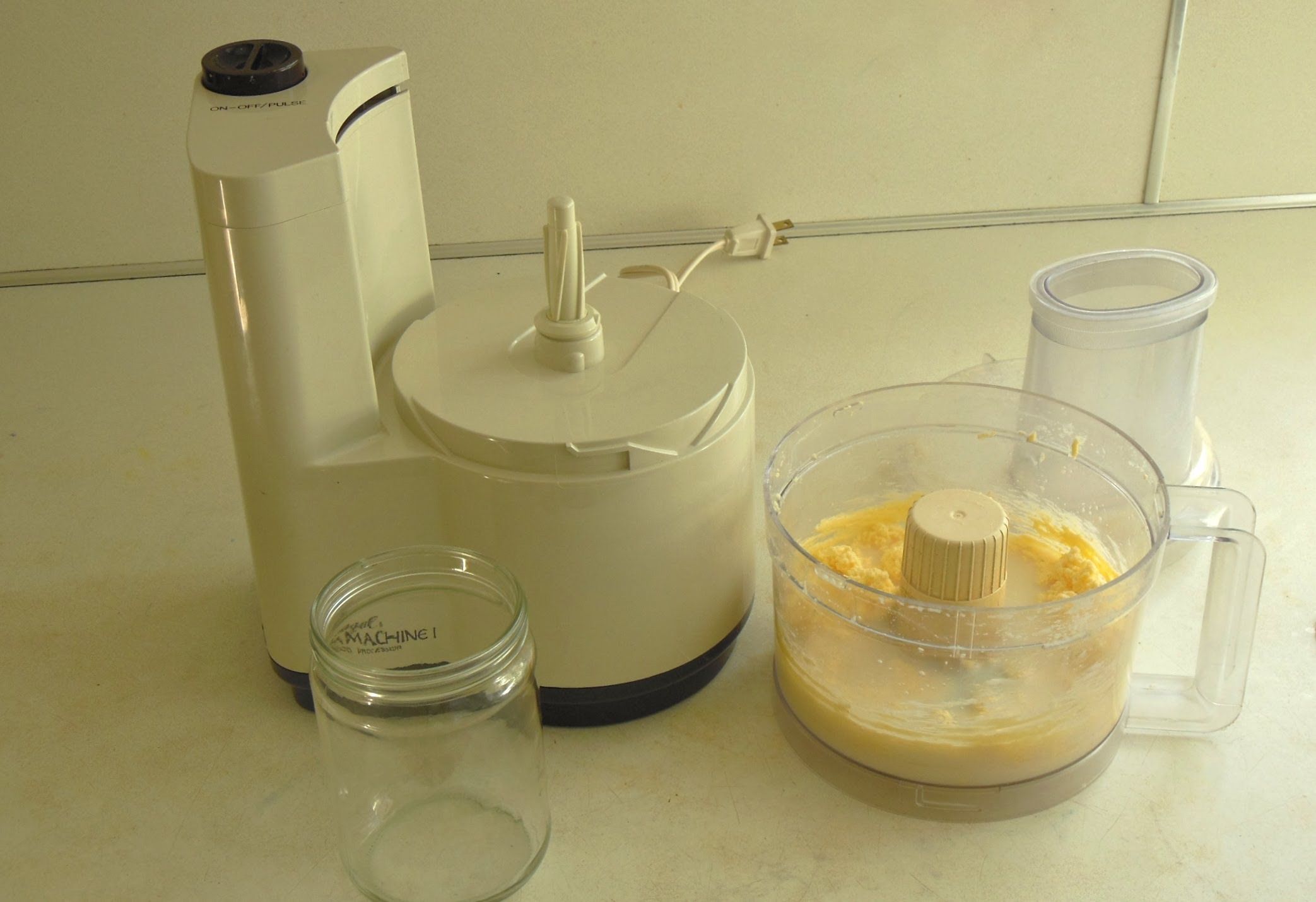
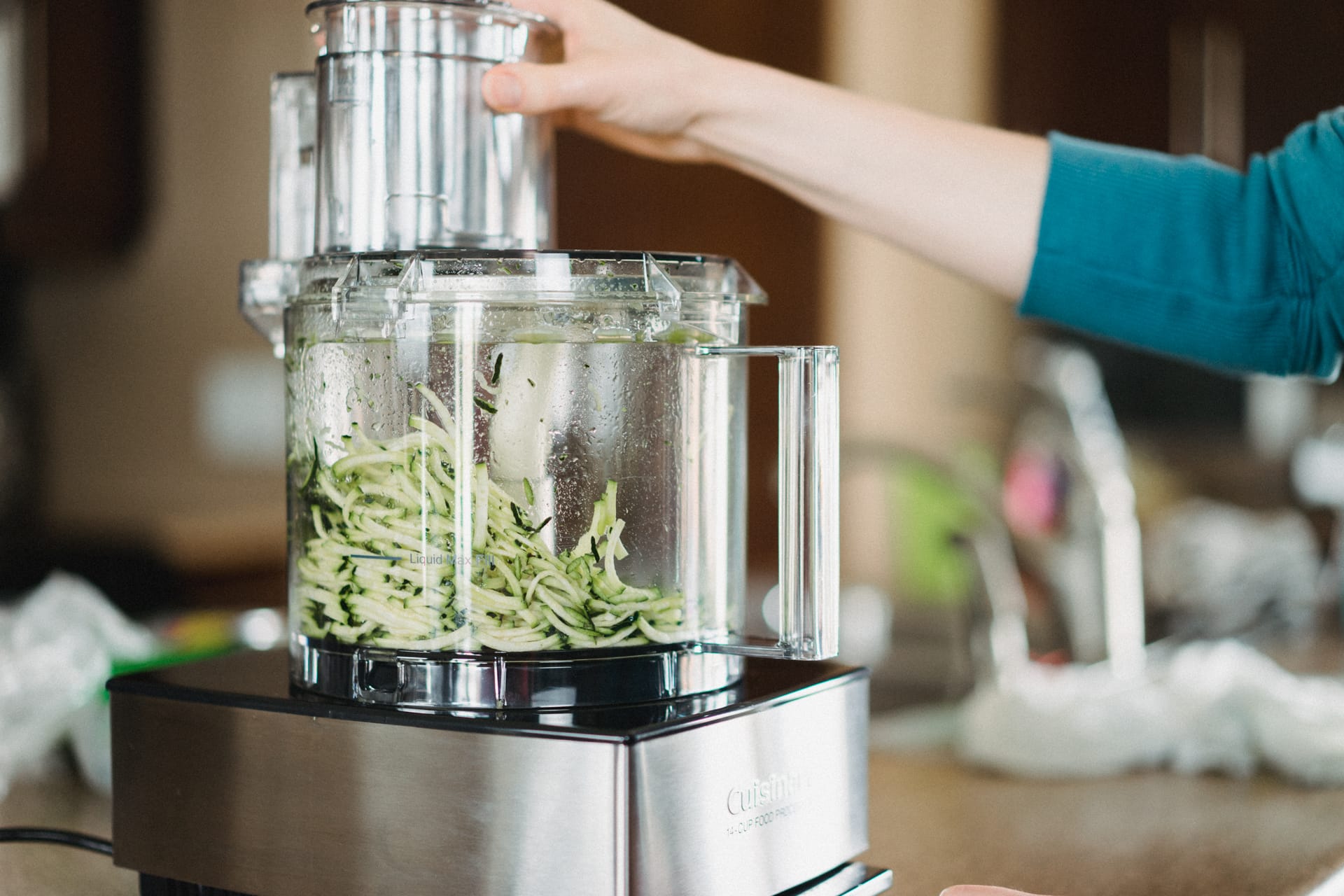
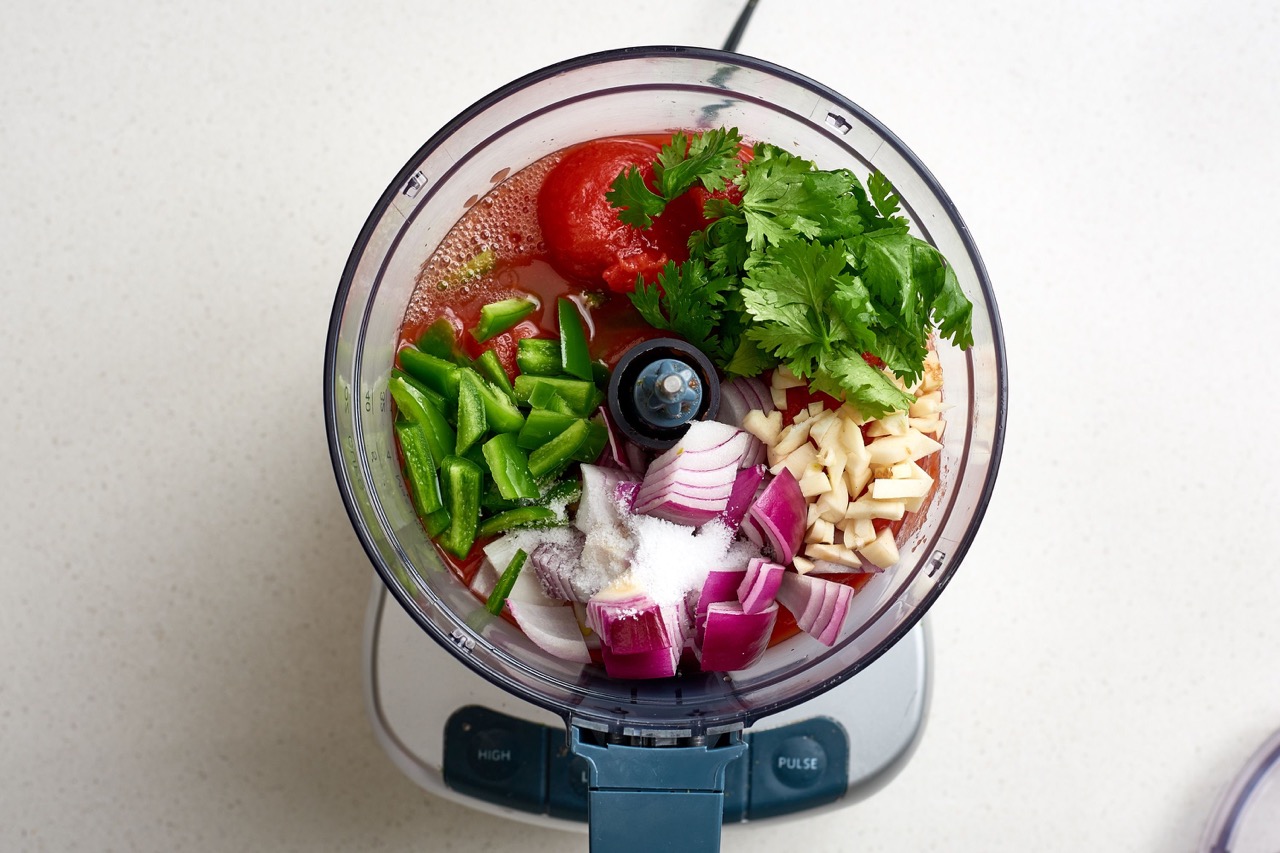

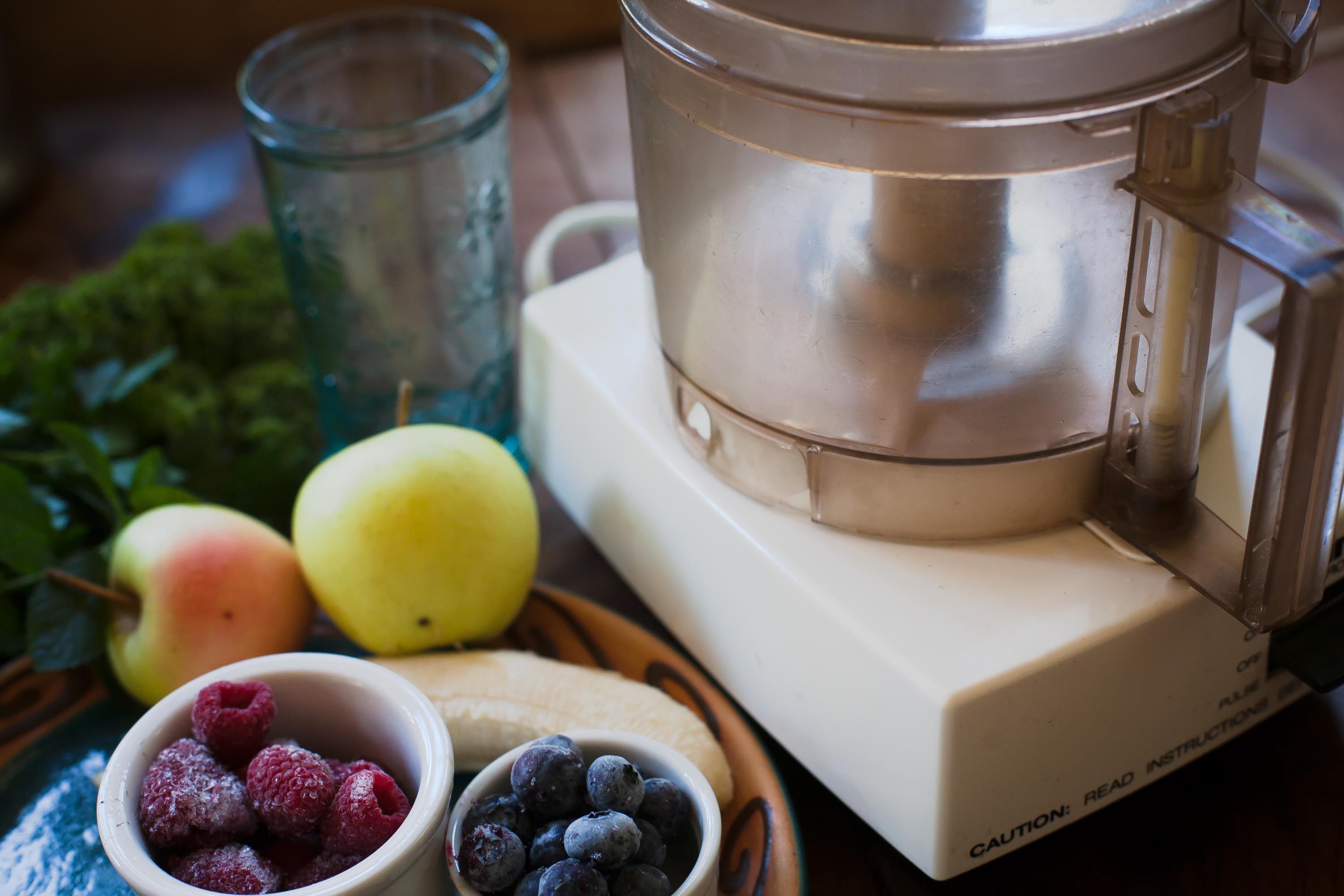

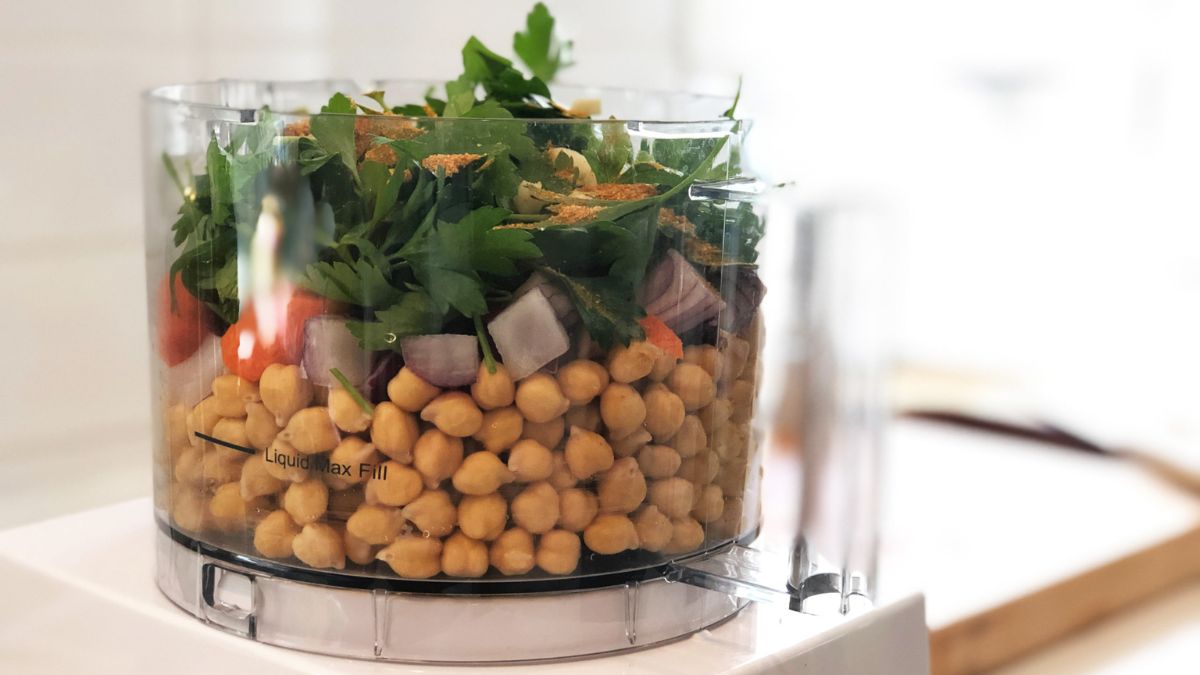
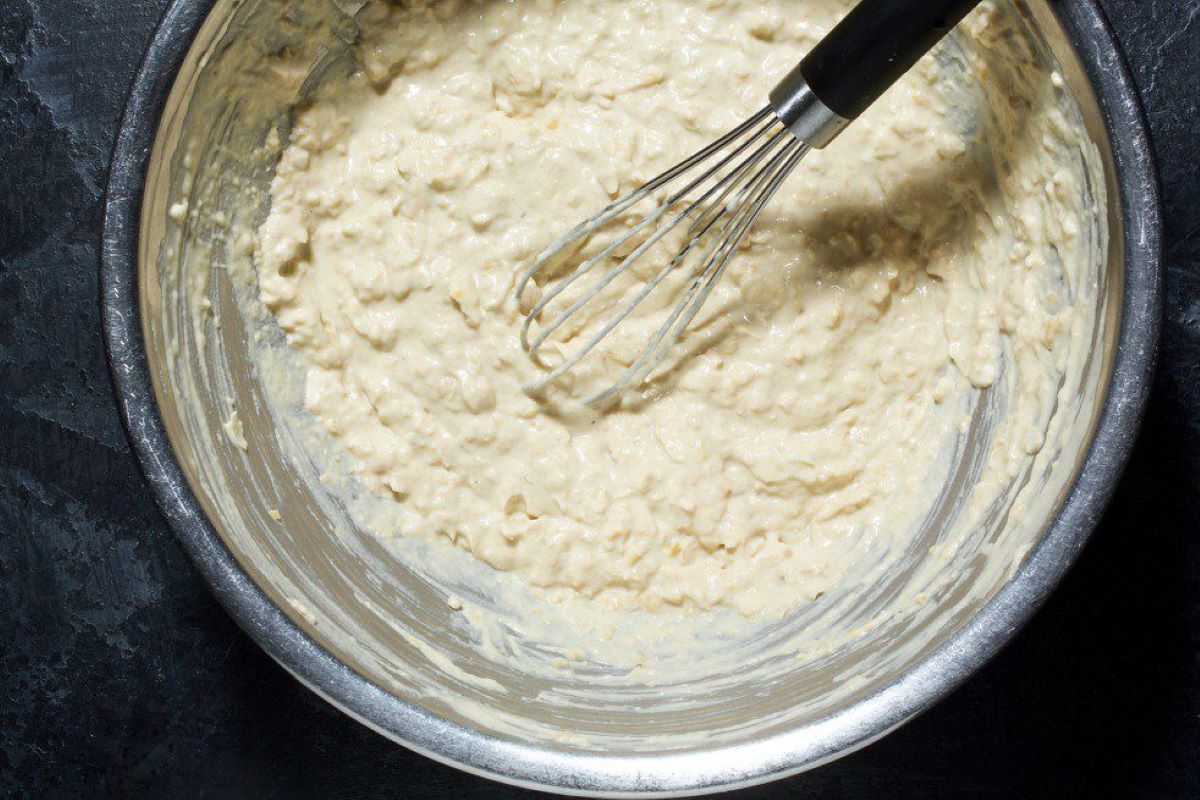
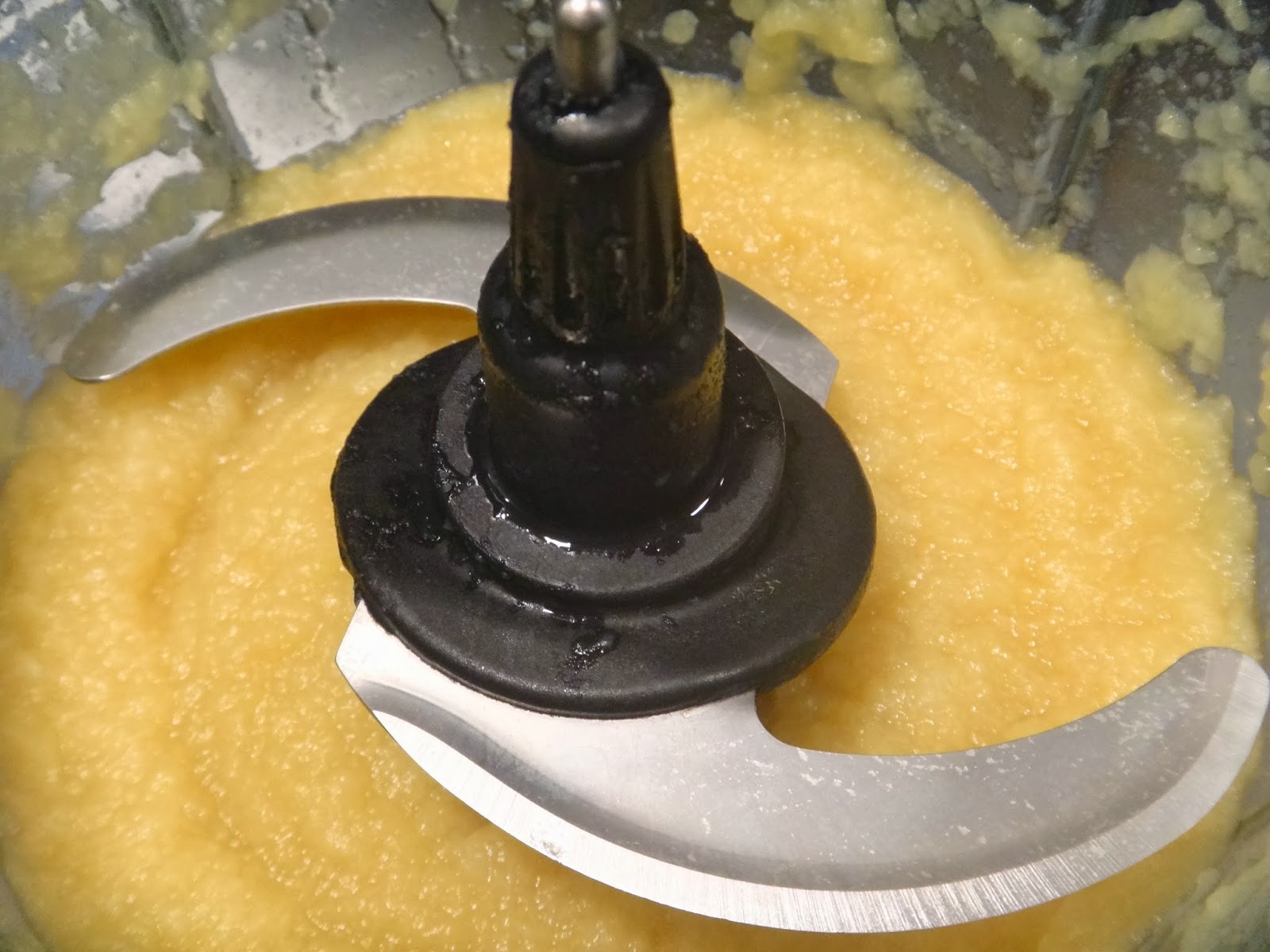

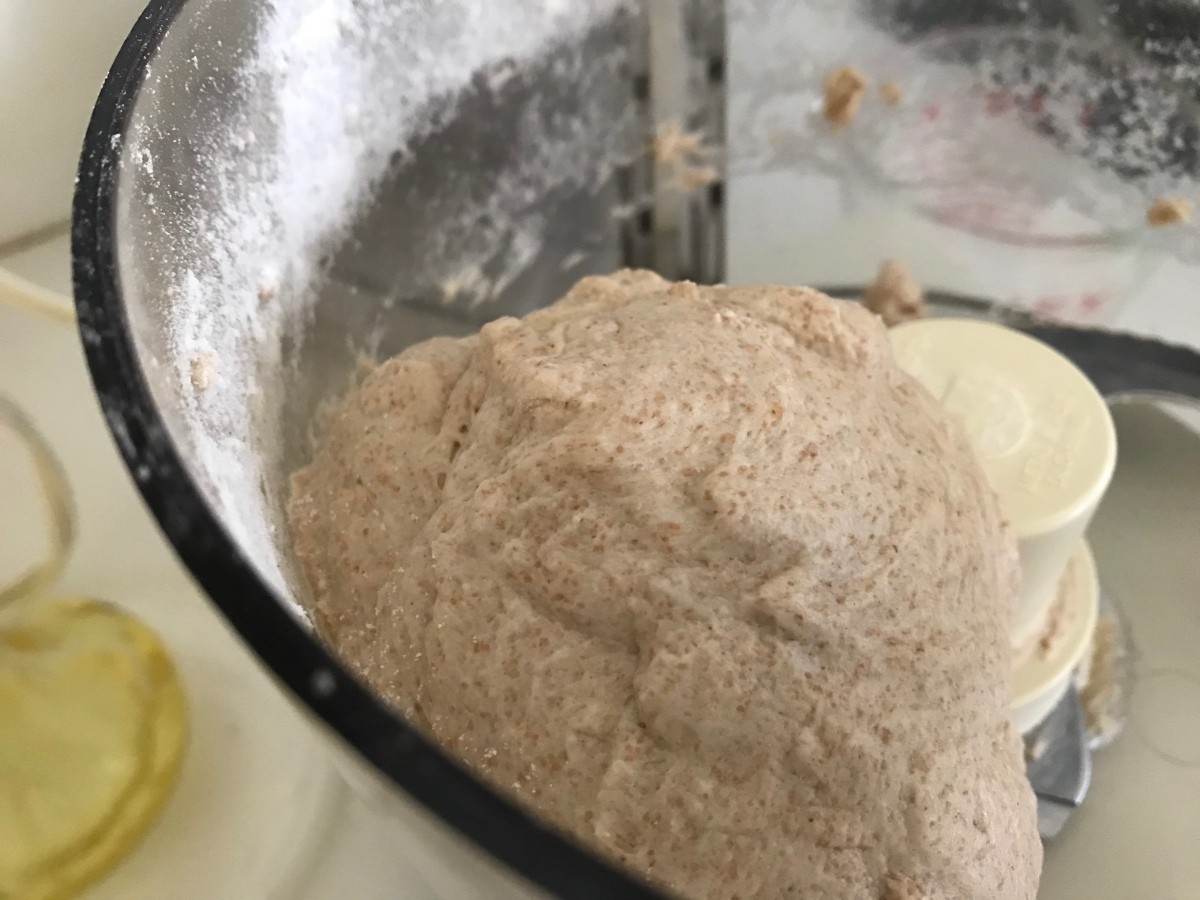
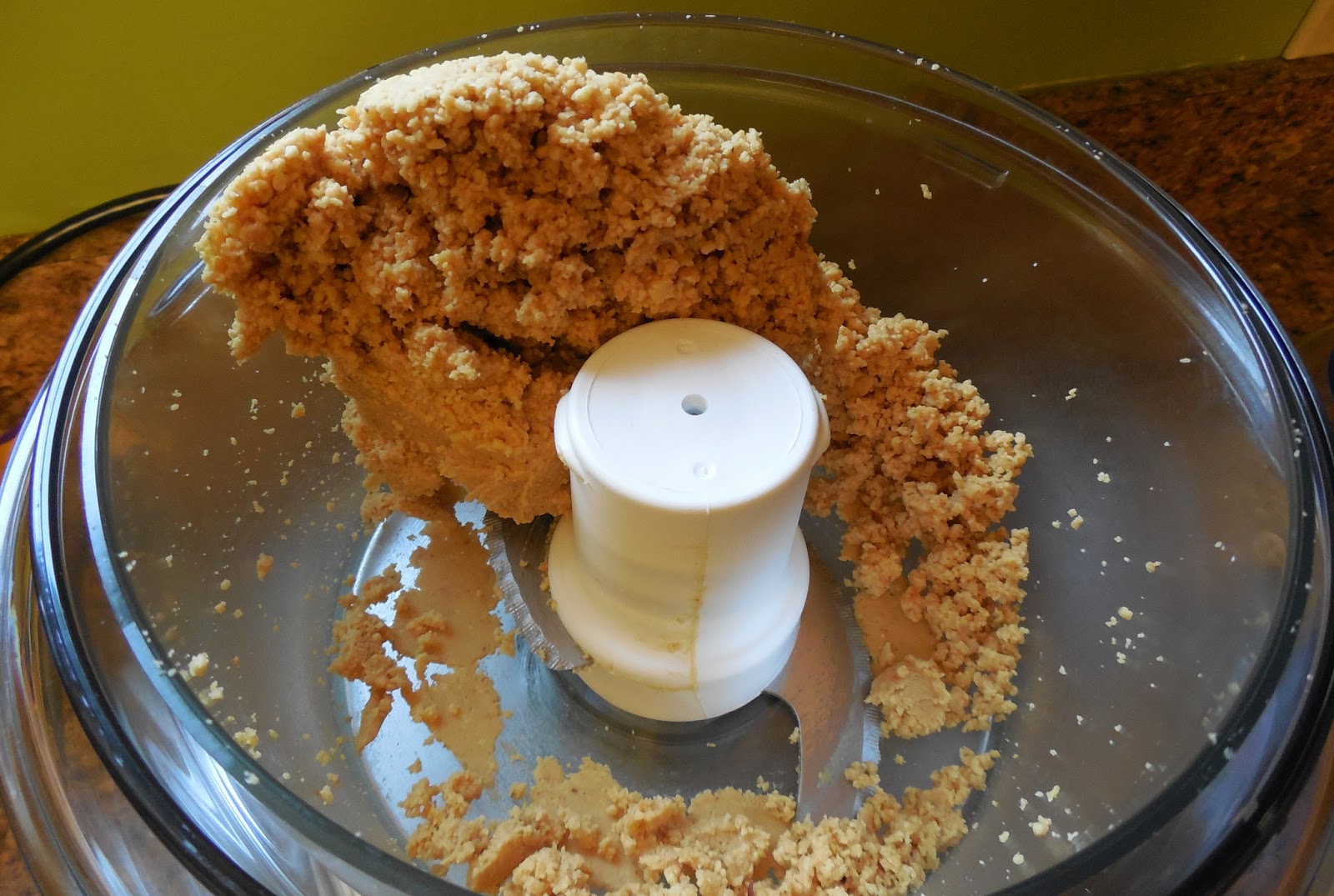
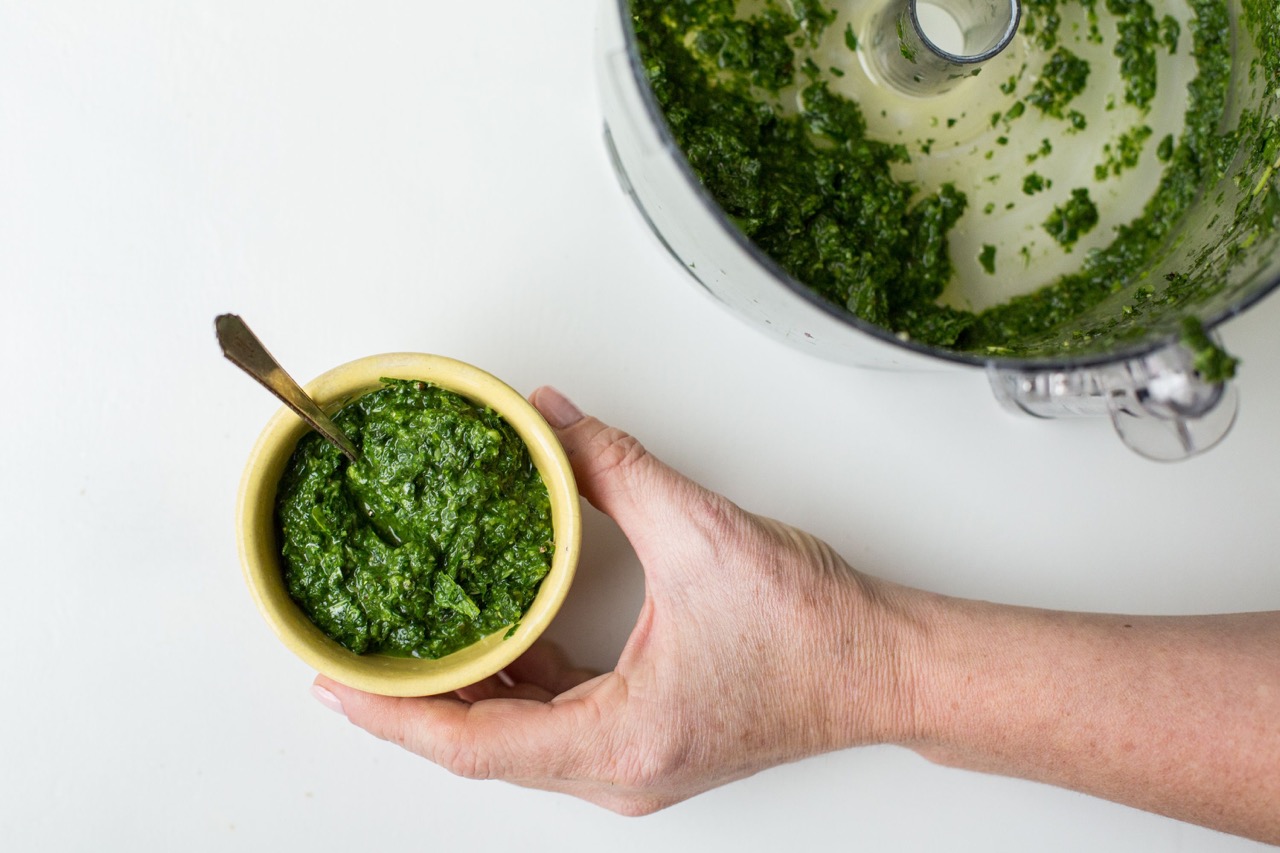


0 thoughts on “How To Make Almond Meal In A Food Processor”